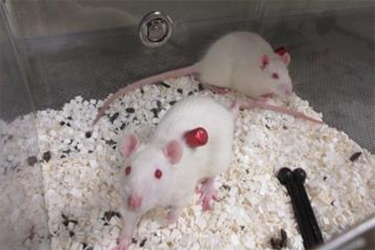Intravenous Sampling And Administration Using InstechVascular Access Buttons In Rodents
By John F. MacMaster, Shunji Nakatsuji, Julie Forget, and Norbert Makori

Repeated access to the vascular space in rodents for preclinical studies can be difficult, but Vascular Access Buttons (VABs) are increasingly replacing traditional catheterization methods. VABs offer several advantages, including reducing trauma to the tail vein, improving the success rate of repeated intravenous administrations, and enabling both continuous and intermittent infusion designs. However, some histopathological findings have been observed at both the VAB insertion site and the catheter implantation site, which could potentially confound histopathological and hematological evaluations.
These changes include mild to moderate skin ulceration or necrosis, chronic granulomatous inflammation, thrombus formation, and signs of inflammation in the lungs and liver. Despite these findings, the overall impact on study outcomes was limited, and the administration method was deemed suitable for preclinical safety assessments.
Get unlimited access to:
Enter your credentials below to log in. Not yet a member of Drug Discovery Online? Subscribe today.
